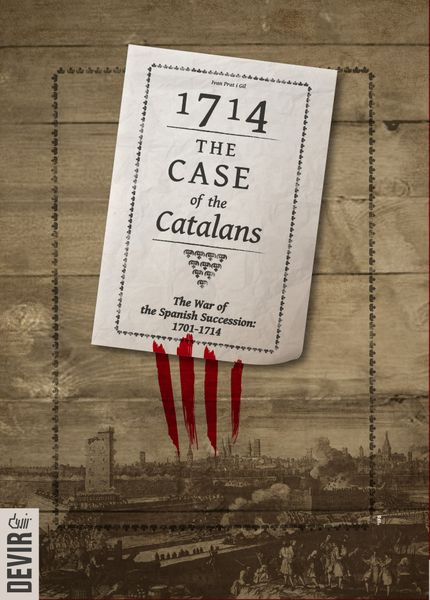1714: The Case of the Catalans (2014) Board Game
1714: The Case of the Catalans is a board game set in the early 18th century during the War of Spanish Succession. Players take on the roles of different European powers vying for control over the territories of Catalonia. The game is based on historical events and requires players to use negotiation, strategy, and tactical combat to achieve their objectives.
Game Components of 1714: The Case of the Catalans
How To Setup 1714: The Case of the Catalans
To set up the game, each player selects a power from the Grand Alliance and receives the corresponding player board and starting resources. The game board is placed in the middle, and the troop units are deployed according to the initial setup rules. The card deck is shuffled and divided into the three war periods. Each player receives a set of secret goals defining their country’s objectives.
Gameplay Mechanics and Game Objective
Player Experience
Playing **1714: The Case of the Catalans** involves a deep dive into historical strategy and negotiation. Players must balance military actions with diplomatic efforts to secure the best concessions for their country. The game requires strategic thinking, resource management, and the ability to adapt to changing historical events. It is a competitive game where each player’s goal is to emerge with the most benefits from the peace treaties.
Pros
Cons
Personal Thoughts on 1714: The Case of the Catalans
This game is ideal for fans of historical strategy and negotiation games. It is particularly suited for players who enjoy complex, long-form games that require deep strategic thinking and adaptability. While it may not be the best fit for casual gamers due to its complexity and length, it offers a rewarding experience for those who delve into its depths. If you’re looking for a game that challenges your strategic prowess and historical knowledge, **1714: The Case of the Catalans** is an excellent choice.
We are supported by our audience. When you purchase through links on our site, we may earn an affiliate commission, at no extra cost for you. Learn more.

